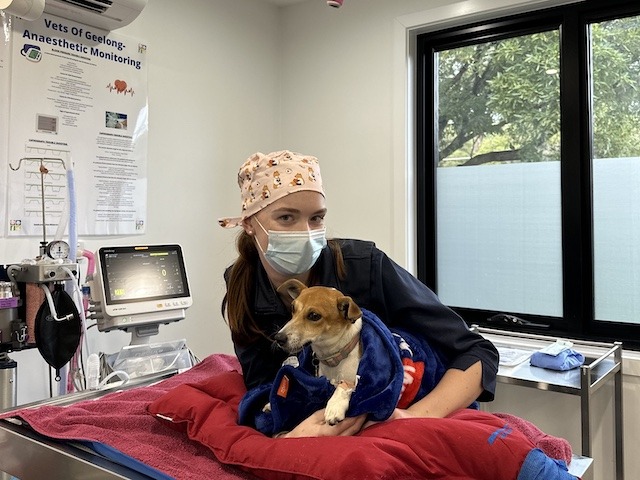Senior dogs with cancer can present with a wide range of symptoms, which can vary depending on the type and location of the cancer. Here are common signs and symptoms and the typical treatments for cancer in senior dogs:
Common Signs and Symptoms of Cancer in Senior Dogs:
- Lumps or Bumps:
- New growths or changes in existing lumps on the skin or under the skin.
- Weight Loss:
- Unexplained weight loss despite a normal or increased appetite.
- Lethargy:
- General fatigue, decreased activity levels, and reluctance to exercise.
- Loss of Appetite:
- Reduced interest in food, leading to weight loss and nutritional deficiencies.
- Difficulty Breathing:
- Laboured or rapid breathing, coughing, and respiratory distress, particularly if the cancer affects the lungs.
- Swelling:
- Swelling in the abdomen, legs, or other parts of the body.
- Persistent Pain or Discomfort:
- Signs of pain such as whining, limping, or reluctance to be touched.
- Bleeding or Discharge:
- Unexplained bleeding, such as from the nose, mouth, or rectum, or unusual discharge from any part of the body.
- Changes in Bathroom Habits:
- Difficulty urinating or defecating, changes in stool consistency, or blood in urine or stool.
- Neurological Symptoms:
- Seizures, unsteady gait, or changes in behaviour, particularly if the cancer affects the brain or nervous system.
Treatments for Cancer in Dogs:
- Surgery:
- Removal of tumors, either partially or completely, depending on the type and location of the cancer.
- Chemotherapy:
- Use of drugs to target and kill cancer cells. Chemotherapy may be used alone or in combination with other treatments.
- Radiation Therapy:
- Use of high-energy radiation to shrink or destroy tumors. This is often used for cancers that are localised and not easily removed by surgery.
- Immunotherapy:
- New treatments available that help boost the dog’s immune system to fight specific cancer more effectively.
- Targeted Therapy:
- Drugs that specifically target cancer cells with less damage to normal cells. These therapies are often based on the specific genetic makeup of the cancer.
- Palliative Care:
- Focus on improving the quality of life and managing symptoms. This can include pain relief, nutritional support, and measures to control other symptoms.
- Holistic and Supportive Therapies:
- Complementary treatments such as acupuncture, herbal supplements, and dietary changes to support overall health and well-being.
Preventive and Supportive Care:
- Regular veterinary check-ups to catch any signs of cancer early.
- Monitoring for any changes in health, behaviour, or physical condition.
- Providing a balanced diet and maintaining a healthy weight to support overall health.
- Ensuring a comfortable and stress-free environment to improve the dog’s quality of life.
Early detection and a comprehensive treatment plan tailored to the individual dog’s needs can significantly improve the prognosis and quality of life for senior dogs with cancer.
